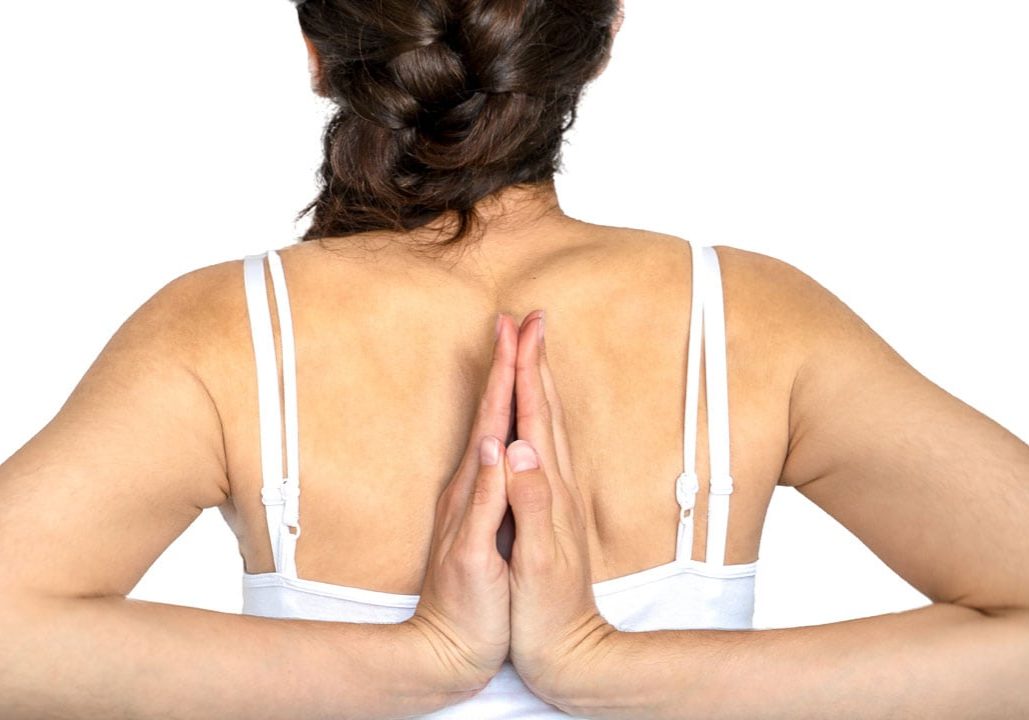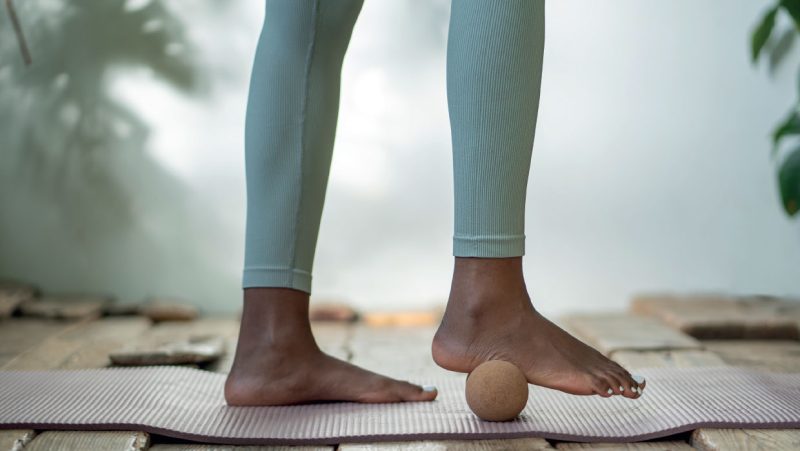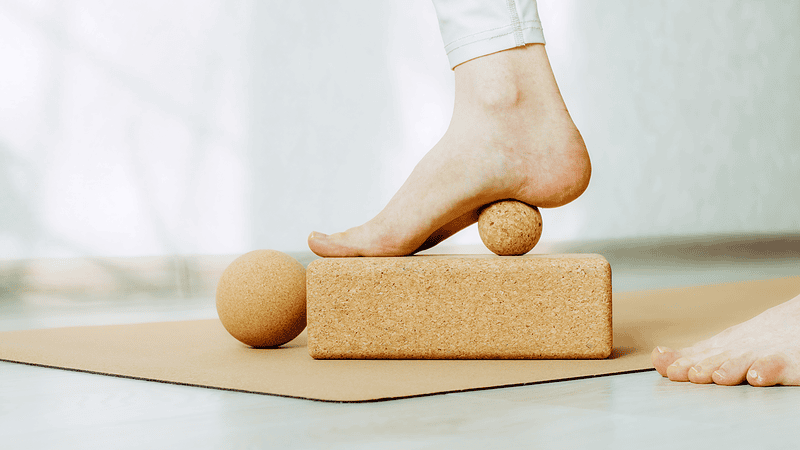
Yoga and Hypermobility
Yoga and Hypermobility - My Journey by Emma West
So I finally got the ball rolling with my GP and am in the process of being diagnosed with hypermobility. As a hypermobile yoga teacher, I am keen to share my journey with as many people as possible. Hypermobile-types are drawn to the yoga studio like a moth to a flame, but more often than not, the hypermobile moth has no idea that the yogic flame could hurt them if they are not careful. Hypermobility is something that we should all be aware of in the yoga studio, and we should all talk to our extra-bendy students and make them all aware. Obviously, I’m not suggesting you diagnose flexible folk and pack them off to visit their GP. It’s more about preventing injury by making them aware that they are hyperextending, whether they might have hypermobility or not. Hypermobile folk tend to be a wee bit out of touch with their physical bodies and have no idea that they are hyperextending. That was definitely the case for me.
Here’s my journey so far.
Being “Good” at yoga
I used to think that I was the actual bomb at yoga because I was so flexible. I could easily get my head on the floor in prasarita padottanasana, I could flop into the splits and my back bends were always the bendiest in the room. Stretching felt amazing in my body, I became almost addicted to end range movements and challenging myself to go further. I figured I must have some sort of gift for yoga, so I decided to sign up for a yoga teacher training course.
I had two yoga years under my belt before I had even heard the word hyperextension. It was only when I began my teacher training that I learned that it was even a thing. My course leader noticed my arms hyperextending straight away in the very first downward facing dog and worked with me to correct my alignment. I thought I had been acing yoga because of my flexibility, but this hyperextension revelation suddenly meant that everything I had believed up until that point was wrong. My flexibility was putting me at risk of recurring injuries because I had been over stretching, and I had had no idea! What I had believed to be my biggest advantage in yoga was actually a bit of a disadvantage. I had to relearn how to use my body to minimise injury. I had to strip my whole practice back to basics and start over, learning how to activate my muscles correctly and avoid dumping into my joints. Even the phrase “dump into the joints” had meant nothing to me during my blissfully unaware pre-teacher training days. I just thought it was one of those nothingness phrases, something said out of habit to fill a gap in the conversation. I had no idea what it meant, and I was doing it- every single time. As yoga teachers, we often assume that our students have the same understanding as we do, but we need to be aware that this is not the case and instead, use language that is accessible for all. Instead of suggesting we stop dumping into the joint, tell students which muscles to activate and how, in order to reduce strain on the joint.
Podcast Gamechanger
During my yoga course I became a sponge, I was desperate to soak up all things yoga. I began listening to podcasts, reading Om Yoga, watching online videos about anatomy and reading book after book after book. One day I listened to the Yogaland podcast episode about hypermobility and it was a total gamechanger. If you think you might have hypermobility, I highly recommend giving it a listen. They explain fully hypermobility, what causes it, and how it can affect every single part of someone’s life, it can even cause anxiety, fatigue, and heart problems. This podcast changed everything for me, I was positive that I have hypermobility and made the decision to push for a diagnosis.
Speaking to my GP
So it turns out that when a global pandemic hits, it will delay things somewhat. Everything got put on hold for 16 months. I found ways to manage my symptoms myself, I worked on building strength and I avoided end range movements. But now that things are starting to return to normality, I recently made the decision to follow this up and get things moving. I contacted my GP with a list of my symptoms and concerns. I explained that I score 9 out of 9 on the Beighton score, I have constant pain in most of my joints and I have suffered 4 serious injuries in the last year due to over stretching or poor balance. I also explained that as a yoga teacher, I am concerned that I need to learn how to minimise injuries and learn to work with my body. My GP asked questions, listened to my concerns, and invited me in for a set of blood tests. I must admit, I did not expect to be taken seriously and I certainly did not expect things to move so quickly. She referred me for physiotherapy to assess my hypermobility and to help me to find ways to strengthen and therefore minimise injury.
So far this month, I have had blood tests to check for EVERYTHING (liver, kidneys, thyroid, the whole shebang) They checked my blood pressure whilst lying down, and then whilst standing. I have been strapped to a 24-hour heart monitor and had an ECG. This all sounds like scary stuff but they need to rule out other, more serious conditions.
Next stop, physiotherapy!
I can honestly say I did not expect any of this. I truly hoped for the possibility of an appointment with a physio for a few tips on how best to manage hypermobility. I am so very grateful to my incredible GP and the NHS; they truly are awesome. I am hoping to share my journey through diagnosis and learning to manage my hypermobility, so stay tuned!





